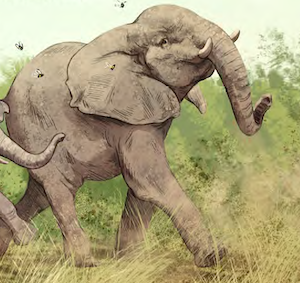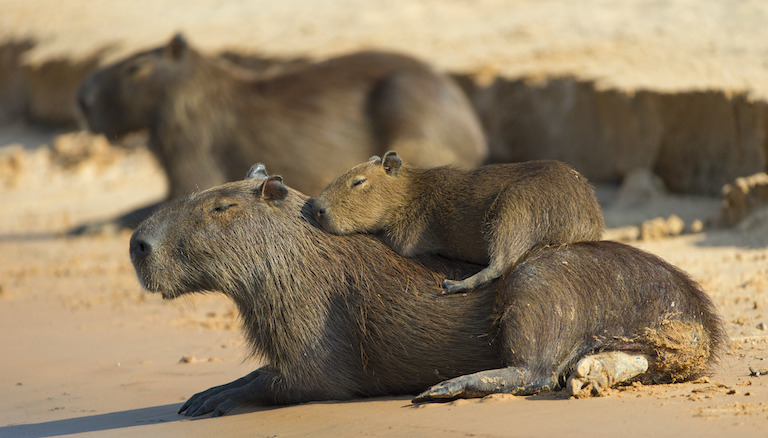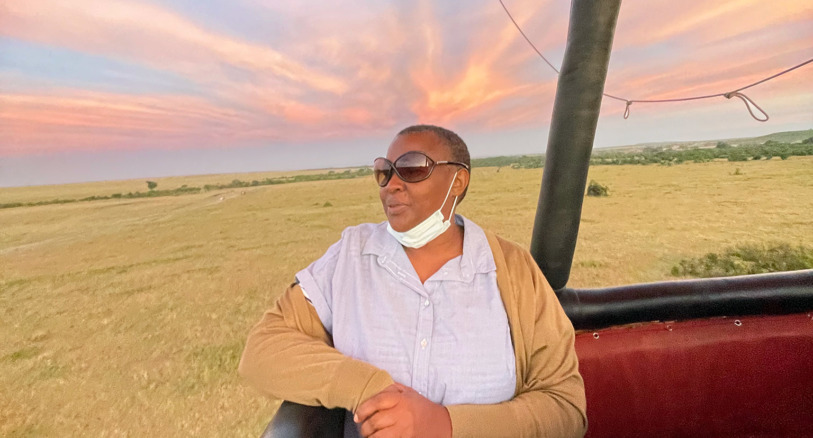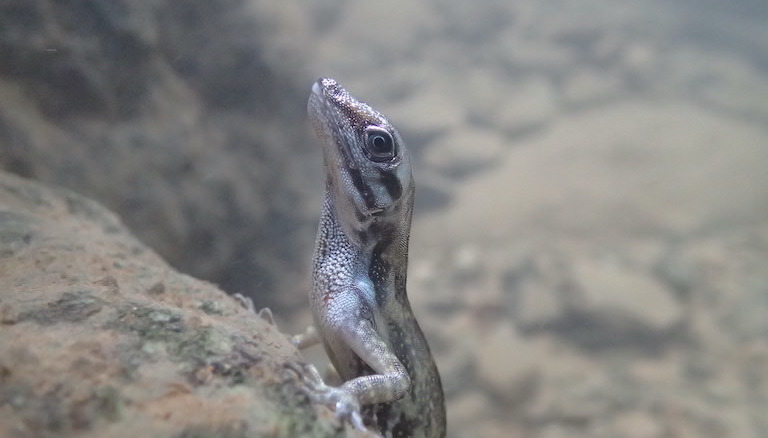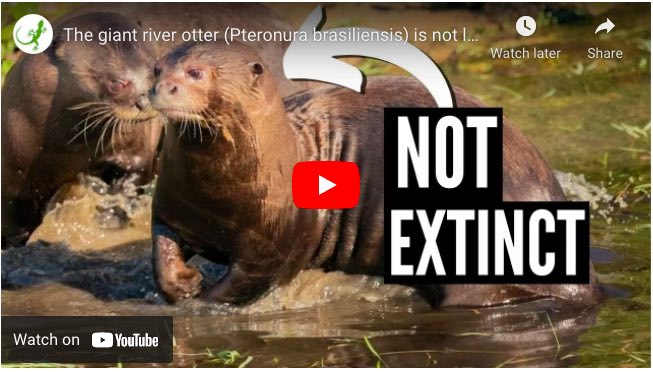About mangroves
Mangroves are a coastal forest ecosystem found mostly in tropical and subtropical regions. They are a type of wetland.
Mangrove plants are the heroes of mangrove forests. These specialized shrubs and trees can withstand salty and brackish water, changing tides, and fierce storms. Mangrove plants have a unique root system that keeps them stable in thick mud. The special aerial roots of mangrove plants can survive in and out of salty water.
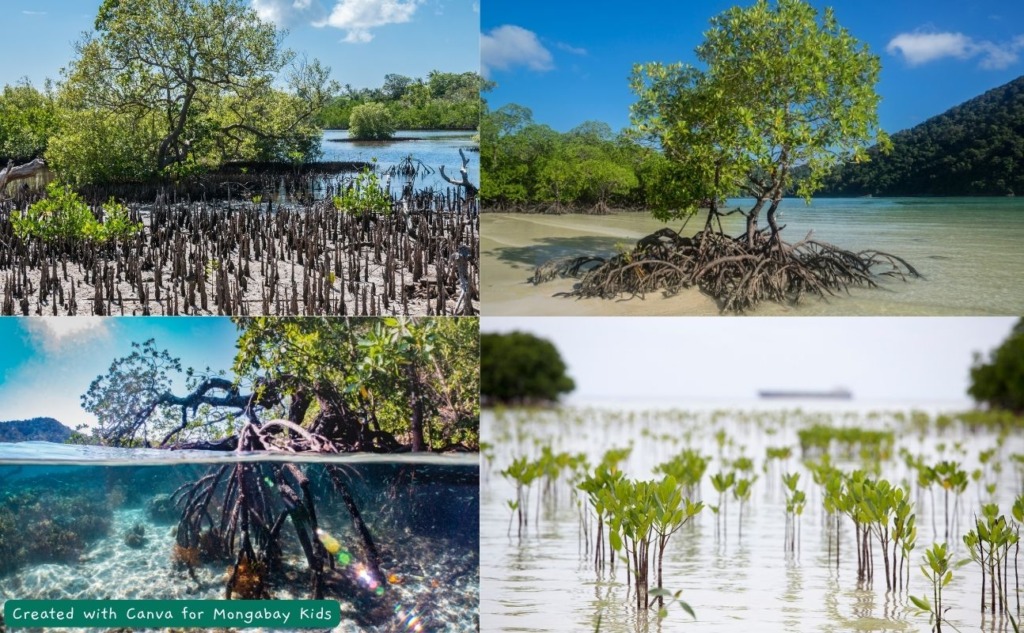
Restoring mangroves in El Delgadito, Mexico
El Delgadito is a village on the Pacific coast of Baja California Sur in Mexico. It is part of the San Ignacio Lagoon, one of the winter sanctuaries of the eastern Pacific gray whale. It is located within the El Vizcaíno Biosphere Reserve, a vast semiarid ecosystem with marshes and mangroves.
Between 1990 and 2005, in San Ignacio Lagoon a large area of mangroves was lost because of hurricanes and humans cutting the trees. Without mangroves, fish and shellfish are deprived of food, shelter, and protection. Residents of El Delgadito depend on fishing to survive so they were greatly affected by the loss of these mangroves.
David Borbón first arrived in the village of El Delgadito in 1980. He returned seasonally to fish for lobster, sea bass, and clams. Like other fishers, David was affected by the loss of the mangroves and the decline in fish and shellfish.
David had an idea. He wanted to restore the mangroves. He started experimenting how to reforest them. After much trial and error, David and his wife and daughter figured out techniques that work for restoring mangrove forests in the El Delgadito region.
“Many scientists ask me if I’m a magician,” David says. “No, I am not. I only live among the mangroves, observe their natural behaviors and try to replicate what they do. If you try to modify that, it will not work.”

There are four different mangrove species in Mexico, including red mangroves, white mangroves, black mangroves, and sweet mangroves.
David’s team collects seeds directly from parent mangrove trees, which they access by boat or raft. The seeds of red mangroves, which can number 120-160 per tree, can usually be collected in October, and the white mangroves, which can produce up to 15,000 seeds per tree, in December. Seeds are collected until March.
After the best seeds are collected, they are left in direct sun to germinate (sprout) and placed in a combination of salt and freshwater. David learned that the best places to plant the seeds are intertidal zones, where they are protected from the strong currents.

A few years ago, The Borbón family’s method of planting red mangrove seedlings under natural conditions successfully replanted 30,000 new plants in three years. So far, the mangrove restoration project has planted more than 1.8 million mangroves total, with a 92-94% survival rate, David estimated.
Studies have shown that during a hurricane, mangroves can help protect coastal areas from storm winds, strong waves and erosion. For two consecutive years, in 2022 and 2023, El Delgadito was hit by large and powerful hurricanes, such as Hurricane Kay and Hurricane Hilary. These hurricanes caused significant damage to the Pacific coast.
“It was terrible,” David says. “For 19 days we were completely cut off. Our roads were impacted and we could only reach other communities where there were doctors by boat.”
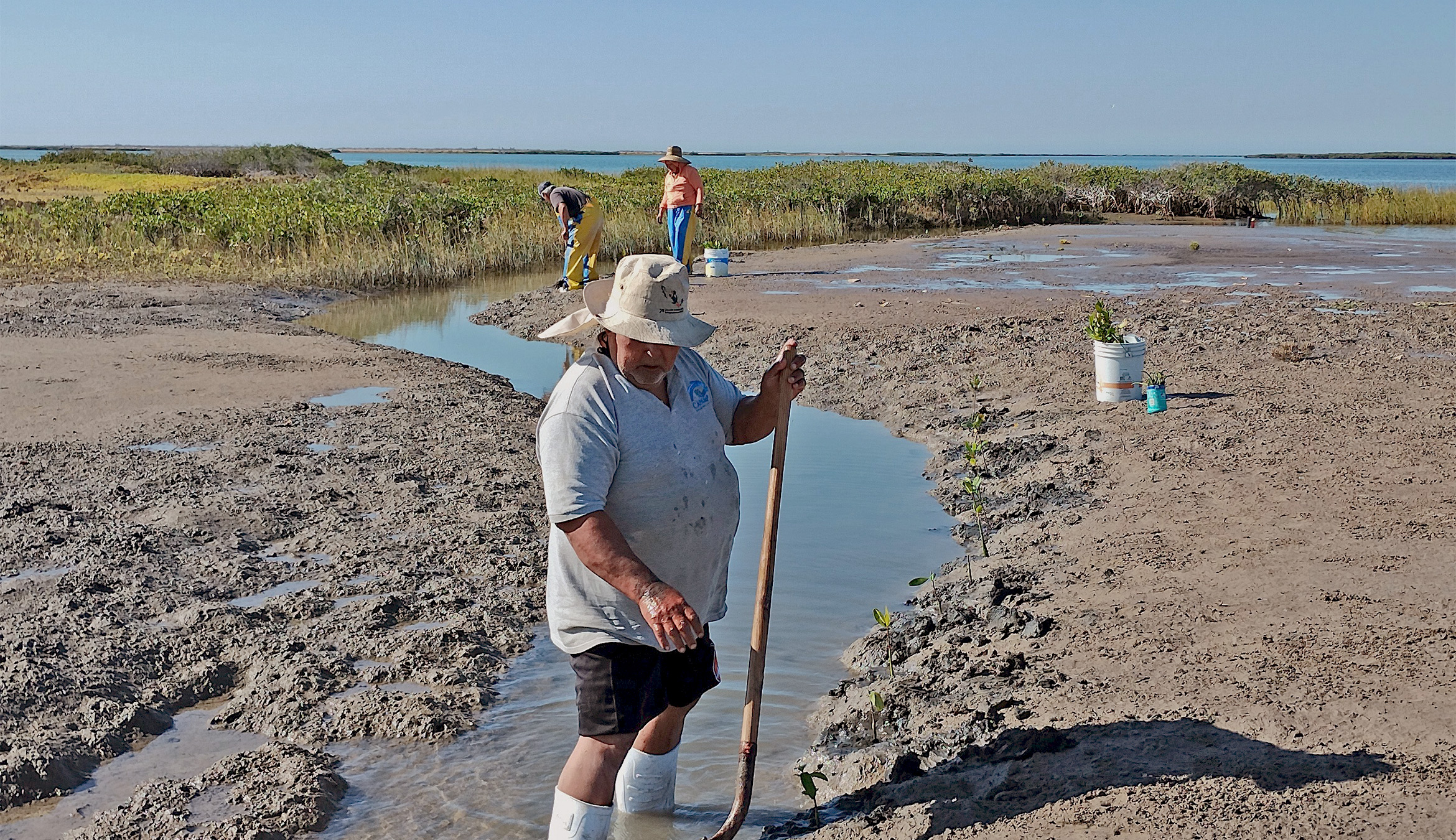
A hurricane impact specialist visited El Delgadito in 2023. They told David that if it weren’t for the mangroves, the fishing village would no longer exist. Not a single house would have survived the tropical storms.
David Brown adapted this story for Mongabay Kids. It is based on an article by Aimee Gabay, published on Mongabay News:

